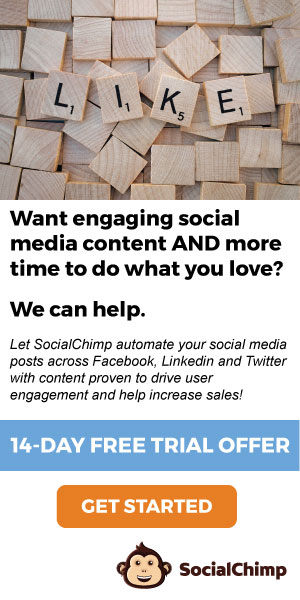If you run a modest sized website or blog, you might be asking yourself “With all of the things to do every day, from SEO to writing content to responding to comments, etc., what’s the real value in social media?”
The reality is that, today, an ever-increasing amount of internet to blogs and websites is coming from social media, so remember that social media can be the key to unlocking the value of your content and reaching a larger audience.
While each platform will offer different advantages and disadvantages, depending on the type of content you create and the overall profile of your audience, but there are a few key things to keep in mind.
Think of social media as an investment. Whether or not you actually spend money to support or not, every Facebook post, Tweet and Pin represents your brand — and is the key to unlocking new relationships with new audiences.
You usually have to pay to play. On most social networks, it’s not likely that an individual piece of content you publish will reach all of your follows, for a variety of reasons. One of the biggest reasons, though, is that this approach encourages and, to a small degree, almost requires, publishers to spend money advertising with each platform to extend the reach of their content.
Pretty much all that matters is engagements. The way to win in social media is through driving the social media platform behvaiors — or engagements — that allow your content to propel forward and reach the largest number of people possible. These “engagements” include comments, shares, reactions, likes and clicks within your social content. So consider leveraging calls to action and highly-engaging content within each social platform, in an effort to extract the best possible organic (unpaid) performance.
What social networks should you focus on? Here is some high-level guidance:
— Facebook is a must, for pretty much all industries and business sectors, as is Twitter
— For businesses that have highly-visual content or products, either blogs or e-commerce sites, Pinterest and Instagram can be great communities for building and developing organic audiences.
— If you specialize in written content or memes, consider Tumblr, especially if you’re looking to target younger-skewing audiences.
— For video, YouTube, Facebook and Snapchat are all incredible popular and full of eager video viewers.
— For business to business brands, LinkedIn is an absolute must.
— In a niche industry, like food blogging or technology? Consider submitting your relevant content to community sites such as Food Gawker, Yummly, or Reddit.
When getting started in social media, it’s essentially to develop a schedule and posting strategy and stick to it. There’s nothing worse than having a lull in your social postings and engagements, as this can have a detrimental impact on the overall reach of your social media efforts.
Video — USE IT!

Finally, increasingly, video is becoming king on social media. From animated memes with scrolling text to professionally-produced, short and long-form video content, if you’re looking to create or grow your website or blog, in 2017 and beyond, consider video the cost of entry to the market.
Looking to grow your brand? Let me know how I can help: [email protected]
How Social Strategy Can Help Grow Your On-site Traffic


